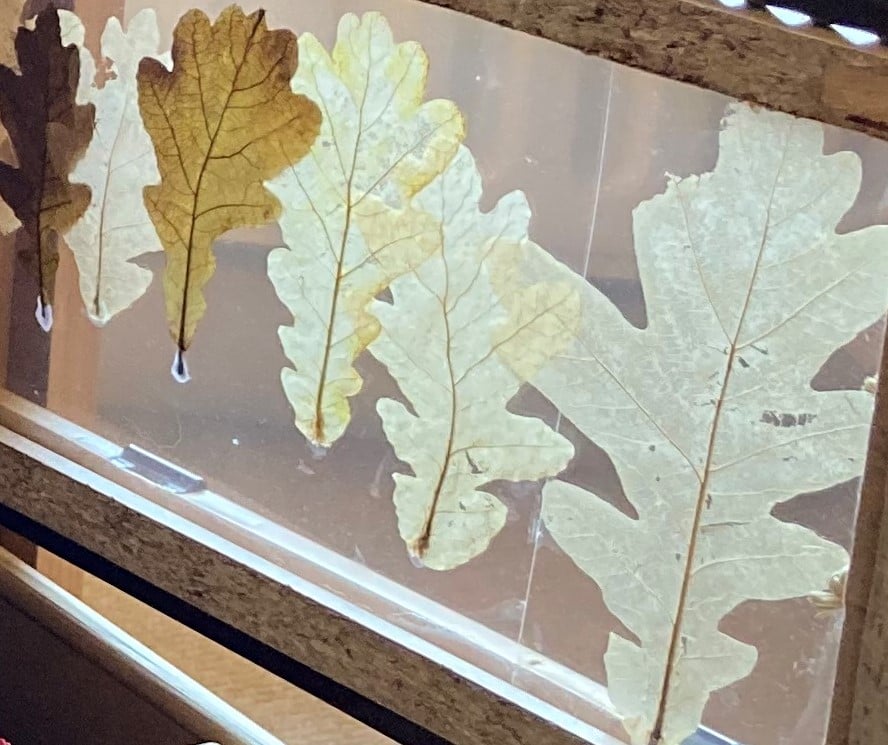Congratulations to Molly Spink on winning joint first place in the AMH President’s Prize.
A Curious Approach to the Body
What now?
After illness stopped me completing medical training I was left with… space. A daunting amount of space. Tentatively, curiously, I began to fill it: I learnt to crochet; picked up a paintbrush; taught myself to sew; and I read literature without feeling the heavy presence of Gray’s Anatomy beckoning from my bookshelf. I had space to explore and develop a love of more creative pursuits.
But I did – and do – miss medical training. A fascination with the body, health and medicine remained and perhaps was strengthened by personal experience. Medical Humanities turned out to be the perfect way to combine my intellectual curiosity and creativity.
There are connections to be discovered everywhere. Go for a walk and glance up at the trees – a canopy of bronchioles like lungs. The flowers blooming are not dissimilar to the ornamentation of bodies inviting or discouraging attention. Tree trunks have tumour-like growths. A bird flutters like a heart. A leaf has veins… And yet, a tree has branches not bronchioles. Its roots are not its placenta. What do we (society and individuals) allow to sit in proximity and what do we hold apart?…
Language is a key divider, and creator, of space. Language is map-like, a tool to comprehend and navigate the complex world. In using language to divide and order spaces we rely on culturally dictated and inherited assumptions. Unquestioned boundaries tell us that one space is separate from another and this “cuts off our sensing of the world” [Kimmerer2020]. Pre-literate children are yet to learn these divisions. Their space is fluid and relationships flexible. Unrelated objects, thoughts and ideas jostle with one another and space can be rearranged, folded and played with. I wonder: can we carry this through to clinical practice?
The clinical world is regimented, divided into defined spaces, specialities, wards. Doctors are taught anatomical language, ordering the space of the body into reasoned compartments. The anatomical space is held separate from the metaphorical. In the clinic the heart is a muscular pump not the seat of courage from which it derives its coronary name. The liver is the sum of its tissues and biochemical functions and not the emblem of affection as it is in some cultures.
I ran a series of workshops through which we shared emotions, creativities, perspectives and stories. A baby with skin “as yellow as a daffodil” tells a midwife to suspect jaundice. Our small yet experientially diverse group reflected on the very different meanings of body parts to the individual and opened-out boundaries. These workshops invited multiplicity and we began to rediscover, to ‘re-language’ the body. Based on these discussions I constructed a Wunderkammer, a cabinet of curiosities.
Eighteenth century Wunderkammer placed seemingly unrelated objects in conversation with one another and my cabinet of curiosities provides a space to do the same with anatomy. Non-conforming spaces slot together like an irregular jigsaw. Space is reconfigured to take unexpected routes of approach to the body and its humanity. Child-like play, overlap and uncertainty open the space of the clinic to myths and beliefs. The patient does not stop at the skin but exists in a more ambiguous space.
So, what does a body mean to you? What space does your body occupy? The body contains numerous doors into numerous worlds…
if we allow it to.


